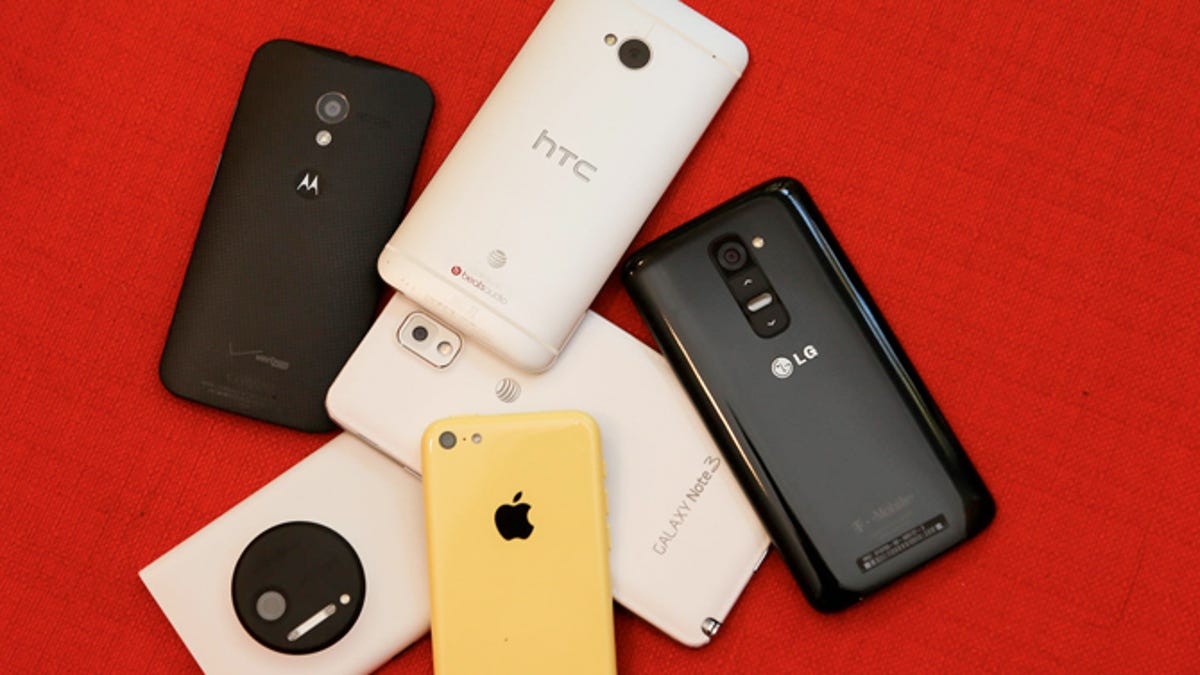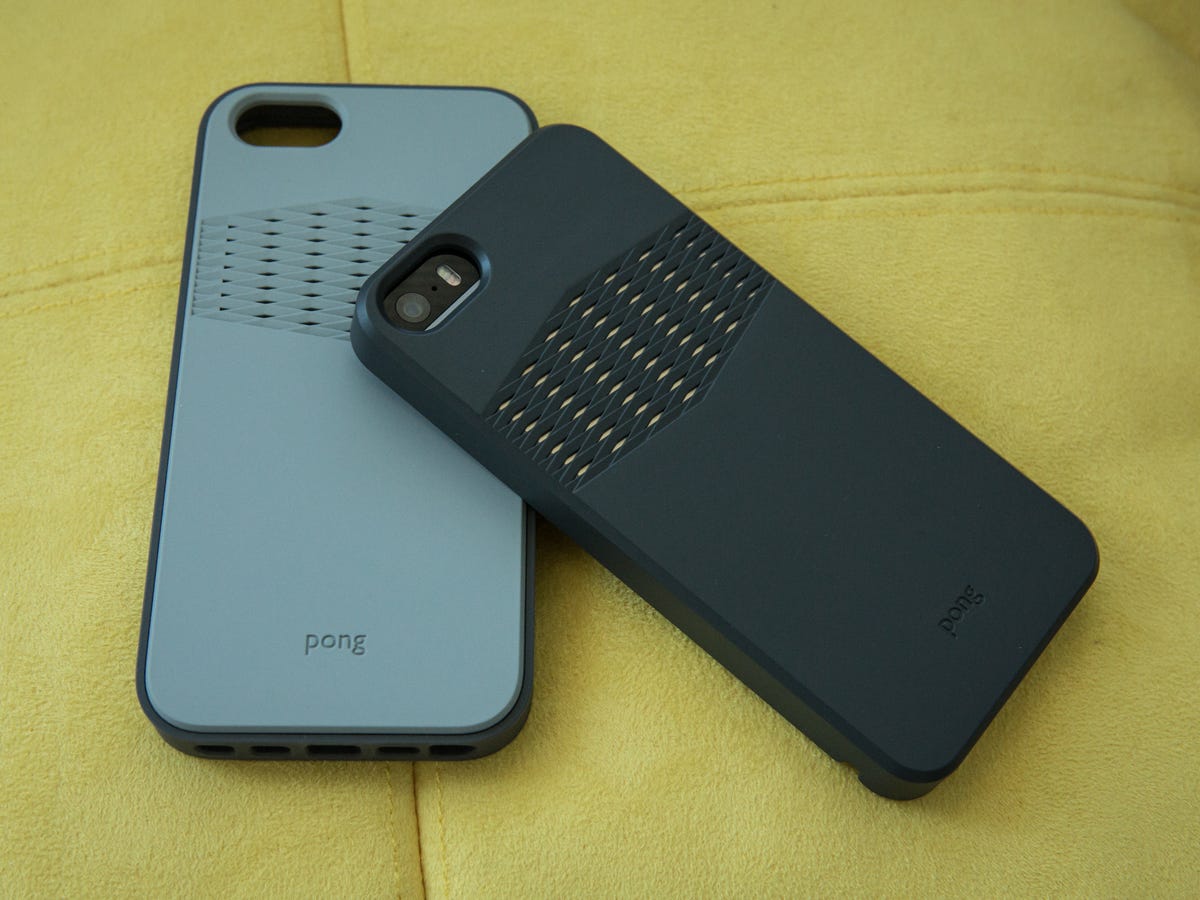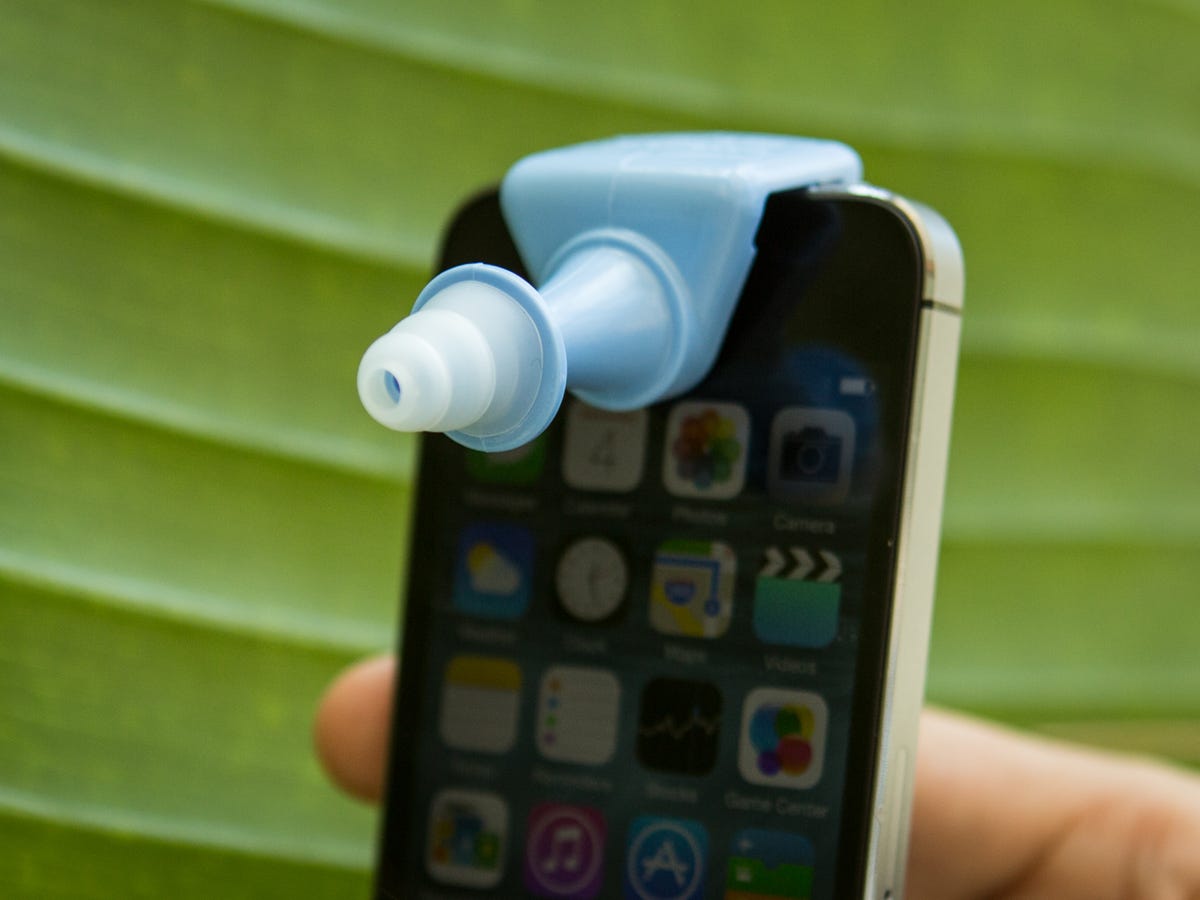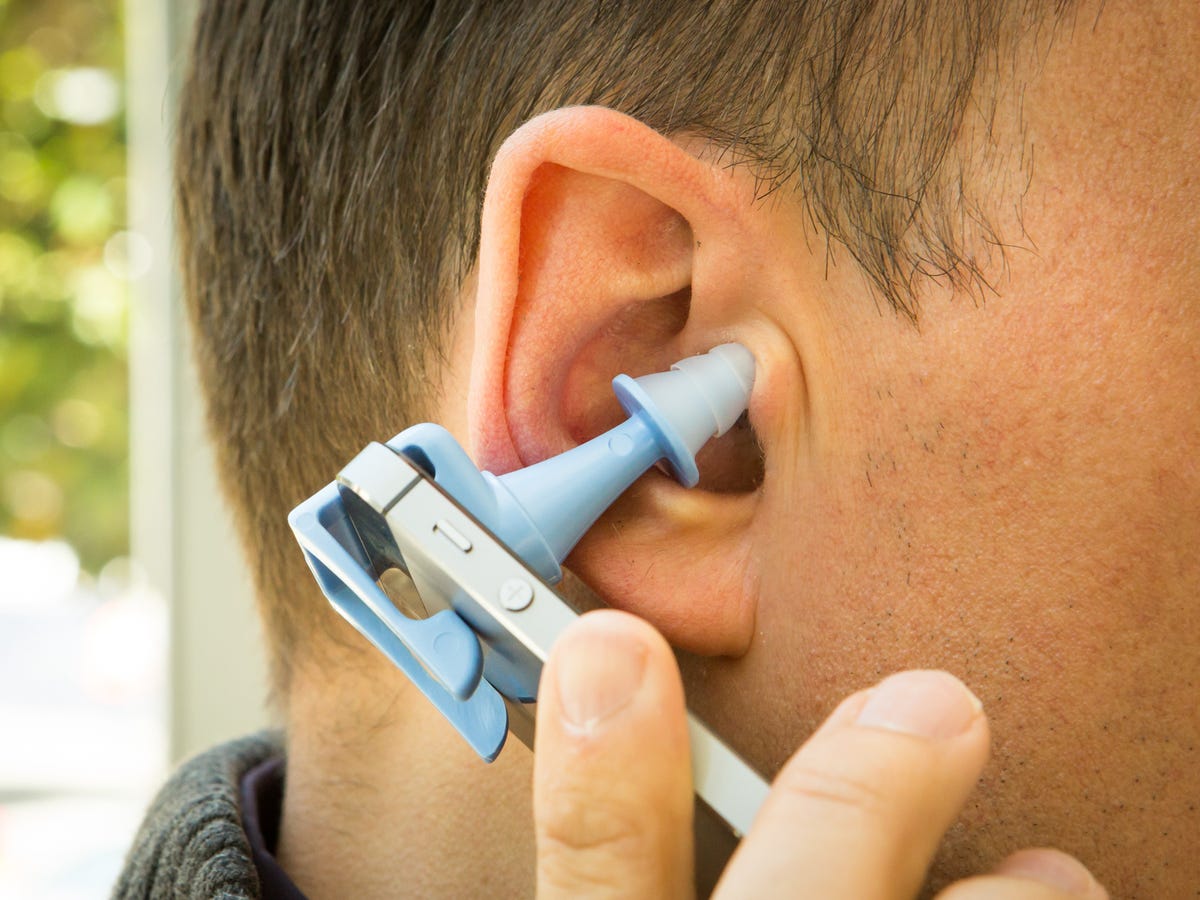
Josh Miller/CNET
Earlier this week, Nate Ralph and I revived a portion of CNET’s long-standing cell phone radiation charts. The two galleries, the cell phones with the highest radiation levels and the cell phones with the lowest radiation levels, were quick to gather reader comments, a few of which I’d like to address here.
But first, here’s some background. If you aren’t familiar, CNET has tracked the Specific Absorption rate, or SAR, of every cell phone that we’ve reviewed for more than 10 years. In fact, updating the charts was one of my first tasks when I arrived here in 2003. And as other CNET editors like Lynn La dutifully took it over, the list kept growing.
Unfortunately, when CNET introduced our awesome new design two months ago, the previous iteration of the chart was broken, rendering it unviewable on the new site. We’re working to rebuild the full charts now and hope to repost them soon. In the meantime, though, I invite you to peruse the galleries that I mentioned above.
Why we do it
In my decade of covering this issue, I’ve heard inquiries and opinions from many CNET readers on whether mobile phones are dangerous. Some inquire with concern, asking about the latest research and what they can do to minimize exposure to the radiofrequency (RF) energy that cell phones emit. Other readers argue that the technology is inherently safe and ask why CNET bothers covering the issue at all. It’s the latter group that I want to speak to first.
For example, reader Watcherswrath objected to a disclaimer I added to each gallery that said, “By publishing these lists we are in no way implying that cell phones are dangerous.” As Watcherswrath put it, “No, but you are pandering to the largely unfounded and commonly held belief that they are to attract readers.”
I won’t dispute, Watcherswrath, that I want people to read anything that I write. Yet, I respectfully disagree that CNET is pandering to anything or anyone. Rather, what we’re doing is giving our readers a central place to find the SAR of their phones — a number that manufacturers are required to record and present.
Yes, a handset’s SAR is sometimes printed in phone’s user manual, but where it is in those manuals and how it is listed can vary widely. Other times, the SAR is available only online, which forces users to hunt it down, possibly through the FCC’s Web site (not a fun experience, trust me). As I’ll explain explain below, a SAR by itself is meaningless, but it’s not a number to throw away completely. By posting our charts, we’re just making it easier for our readers to find the information that they want. What’s more, adding that disclaimer is the responsible and accurate and thing to do.


Josh Miller/CNET
About those FCC standards
Reader siddhu66 said it didn’t matter whether a cell phone had a lower SAR, as long they met the current US FCC SAR limit of no higher than 1.6 watts/kilogram (w/kg). Canada also has a 1.6 w/kg limit while the European Union and Australia mandate a more lenient 2.0 w/kg limit.
“The FCC limits are extremely stringent, and ensure that all phones that meet this limit are totally safe,” siddhu66 wrote. “In other words, this is nothing but a needless, unscientific, and fear-mongering article by CNET.”
The commenter is correct that a phone with a lower SAR isn’t inherently safer (the FCC once made that recommendation), and we say as much in the Top 20 and Bottom 20 galleries. I’ll get to the fear-mongering part later, but there are some things about the FCC standard that you should know.
Distance matters
As I wrote in 2011, there is important fine print buried in many handset user manuals that warns that how you carry your device can affect SAR exposure. It concerns only the “at body” test, which is conducted with the phone placed a short distance from the test mannequin (the “at head” test is conducted with no distance). Here are some examples taken directly from the phone’s user manual.
Google Nexus 5 : “To comply with FCC/IC Rf exposure requirements a minimum separation distance of 0.49 inches (1cm) must be maintained between your body and the back of the phone.”
Samsung Galaxy S5 : “For body-worn operation, this phone has been tested and meets FCC RF exposure guidelines when used with an accessory that contains no metal parts and that positions the mobile device a minimum of 1.0cm from the body.”
iPhone 5S : “To reduce exposure to RF energy, use a hands-free option, such as the built-in speakerphone, the supplied headphones, or other similar accessories. Carry iPhone at least 5mm away from your body to ensure exposure levels remain at or below the as-tested levels.”
That’s just s selection, but such language is common. So, while a phone may meet the standard, it may not under certain circumstances.
An old test
Another critical point to keep in mind is that the current 1.6 w/kg was set in 1996 and has not changed since, even as the technology powering phones has progressed rapidly. The antennas of today’s cell phone are much more powerful than the devices of the mid-1990s, they use different cellular standards to transmit voice and data, and we use them in different ways. Two years ago, the FCC said it would revisit the standard, but it has yet to change it.
Also interesting is what was considered as a model human being when the standard was developed. As Dr. Devra Davis wrote in her book “Disconnect” and as CNET’s Maggie Reardon wrote in her report on the testing standard, the original test mannequin stood more than 6 feet tall, weighed 220 pounds, and had an 11-pound head. That’s not quite a standard body type, and it’s very different from children who have thinner skulls than adults.


Josh Miller/CNET
Dangerous or not?
Now, back to the fear-mongering allegation. To be clear — as the research exists now — there is absolutely no conclusive or demonstrated evidence as to whether cell phones cause adverse health effects in humans. CNET has always been honest about that, and we’ll continue to be so. Many studies have explored a possible link, some of which have been inconclusive and some of which have found no link.
Other studies, however, have found that RF energy can affect how the body functions. For example, in 2009 researchers at the National Institutes of Health found that glucose metabolism increased in the area of the brain near the antenna of the phone that was turned on, but not near the one that was turned off. The study did not prove whether the increased brain activity actually entails any health risks, other studies have.
While the focus has long centered on a relationship between phones and brain cancer, that’s not the only risk scientists are probing. Last January, researchers in the United States and Europe “found that children were at higher risk of developing headaches” if they used cell phones or their mothers used cell phones when they were pregnant with them. And this week, the University of Exeter published a study that found that RF energy may decrease male fertility (another study in 2012 had a similar finding). Also, in 2011, the World Heath Organization listed cell phone radiation as a “carcinogenic hazard” in the same category as lead, gasoline engine exhaust, and chloroform. That said, a lot of things can cause cancer under the certain circumstances.
The point is that we have lots of studies saying different things, which is something that the FCC and even the industry will admit. Or as Maggie Reardon put it, “The research is often contradictory, sometimes based on outdated data, sometimes driven by industry groups soft-pedaling concerns, sometimes driven by health advocates who appear too alarmist and unreasonable.” Both sides agree, though, that more research is needed. Indeed, the science will continue, and we will continue to monitor the results, but it can take years of exhaustive research before studies actually prove anything or replicate each other (if they ever do at all).


Josh Miller/CNET
What you can do
If you’re like most people I hear from, you’re interested in SAR exposure, but not so concerned that you’re unwilling to ditch your phone completely (a completely unrealistic prospect in a world where we’re surrounded by radiation of all types). If that describes you, here are some final things to remember and some steps you can take to limit your exposure.
- A phone’s SAR can vary during a call as you alternate between transmission bands and as you increase your distance form a tower. What’s more, it may never reach the highest recorded SAR that we list in our charts. That’s why you shouldn’t consider it as your only data point.
- Text instead of placing a voice call or use a speakerphone or headset when possible.
- Carry your phone in a bag rather than in a pocket. If you’re pregnant, avoid carrying a phone next to your abdomen.
- Children, who have smaller and thinner skulls, should take extra care.
- People of any age should not sleep with an active phone under the pillow.
- Accessories may help, but choose wisely. For instance, I’d suggest Pong’s line of cases, which are designed to refocus RF energy away from your head while not reducing signal strength over The Cell Spacer. Though I understand that The Cell Spacer is about keeping a phone at a distance where RF exposure could be lower, it’s clunky and uncomfortable to use. And frankly, I felt pretty silly. By all means avoid the shiny, gold-lined radiation “shields” that you can find online. They’re a scam.



